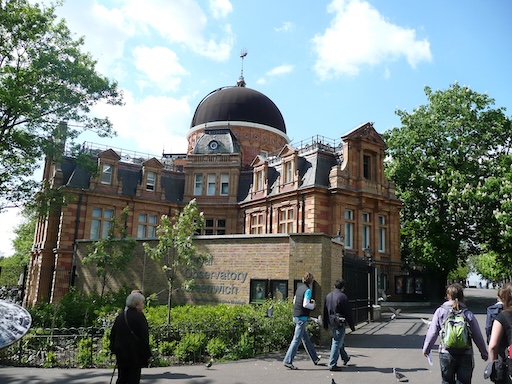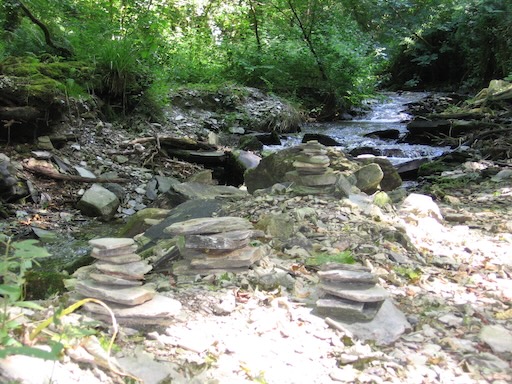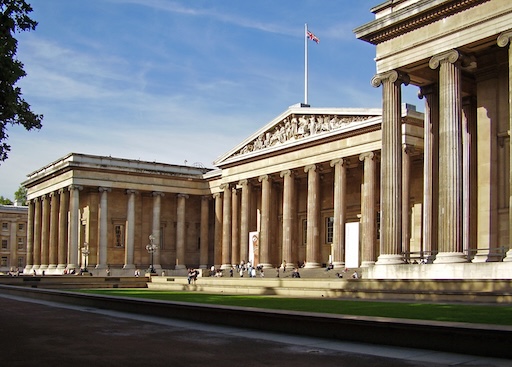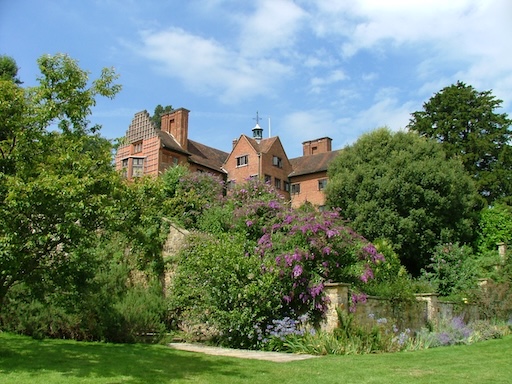
In a quiet patch of green above the River Thames, not far from the bustle of London, lies a hilltop that quietly commands the world’s time. This is the Royal Observatory, Greenwich—home of the Prime Meridian, keeper of Greenwich Mean Time (GMT), and arguably the most important line on Earth that you’ll never actually see in daily life... but absolutely can *stand on* here.
Yes, this is the place where you can straddle time itself—one foot in the Eastern Hemisphere, one in the Western. But there’s so much more hiding behind that iconic line. A tale of kings and clocks, of naval exploration and cosmic navigation, of a nation obsessed with precision down to the last tick.
The Beginning of Time (Sort Of)
Back in the late 1600s, King Charles II had a problem. England was trying to rule the seas, but sailors kept getting lost. Latitude? Easy to calculate using the stars. Longitude? A nightmare. So he founded the Royal Observatory in 1675, appointing John Flamsteed as the first Astronomer Royal with a mission: chart the heavens to help ships find their way.
The observatory became a hub of astronomical activity, packed with telescopes, sextants, and minds trying to tame the chaos of the universe into navigational charts. Eventually, this work would lead to the designation of the Prime Meridian—the baseline for all longitude measurements—as passing right through here in the United Kingdom.
The Line That Divides the World
Let’s talk about the line. There it is, a thin strip of metal embedded in the courtyard stone, the famous “Meridian Line.” Every tourist wants a photo with one leg in each hemisphere, which makes it hard to snap a shot without a stranger's sneakers in it. But it’s worth the wait. Standing there, you’re literally where the world agreed to start counting.

The Prime Meridian was officially adopted internationally in 1884. Since then, ships, GPS devices, and even your smartphone have been referencing this spot. And let’s not forget—Greenwich Mean Time, or GMT, originated here. Before the internet and atomic clocks, this red-brick building on a London hill told the world what time it was.
The Time Ball Drop
One of the quirkiest relics of this timekeeping legacy is the bright red time ball on top of the observatory. Installed in 1833, it was designed to drop precisely at 1 PM every day. Sailors on ships in the Thames would set their marine chronometers accordingly. Today, it still drops—more for tradition than utility—but watching it fall still gives a little shiver of connection to centuries of mariners and mathematicians.
And if you’re looking to dive even deeper into the past, the British Museum isn’t too far away, offering artifacts from civilizations that tried to measure time long before Greenwich took the lead.
Astronomy Nerds, Rejoice
The observatory houses some pretty eye-watering astronomical gear. There’s Flamsteed House, where the original observations were made; the Great Equatorial Telescope, looking like something out of a steampunk novel; and exhibits that explain everything from solar flares to black holes. It’s both science and story—how humans stared into the night sky and tried to understand our place in it.

Feeling more literary than scientific? Greenwich is also surrounded by lore. A short hop across London brings you to the Charles Dickens Museum, where the writer once lived, wrote, and probably pondered time in his own Victorian way.
Greenwich Today: Where Time Meets Tranquility
Beyond the observatory, Greenwich is a lovely village in its own right. You’ve got the Cutty Sark—a legendary tea clipper ship that’s now a museum. There’s the National Maritime Museum, leafy Greenwich Park, and riverside pubs that have been standing since long before your timezone existed.
And if you feel like chasing more hidden corners of English history, why not detour to the Tower of London for tales of royal drama, or explore the heavenly acoustics of St Paul’s Cathedral? Both aren’t far and offer deep dives into different sides of British legacy.
Tips for Your Visit
- Buy tickets online to skip the queue—especially in summer.
- Come around noon if you want to catch the 1 PM time ball drop.
- Don't rush. The observatory is part of the larger Royal Museums Greenwich experience—plan a half-day at least.
- Wear good shoes. That hill is steep!
Why It’s a Hidden Wonder
Because most people walk through life never thinking about time zones or the invisible lines that organize our maps. The Royal Observatory takes something abstract—time—and makes it tangible. It’s history, science, and a little bit of magic, all rolled into one.
In the grand theater of human history, this spot is the backstage switchboard—the quiet place that powers the spotlight. It may not be loud or flashy, but without it, your calendar, clock, and compass wouldn’t know where to begin.
So the next time someone tells you to “be on time,” just smile. You’ve *been* where time begins.
Share this story and inspire others.
Tags: Royal Observatory Greenwich, Prime Meridian, GMT, Timekeeping, Astronomy, London Landmarks
 St. Nectan’s Glen – A Hidden Waterfall Steeped in Celtic Legend
St. Nectan’s Glen – A Hidden Waterfall Steeped in Celtic Legend
 Puzzlewood – A Real-Life Fantasy Forest in Gloucestershire
Puzzlewood – A Real-Life Fantasy Forest in Gloucestershire
 Fingal’s Cave – Scotland’s Singing Sea Cathedral of Stone
Fingal’s Cave – Scotland’s Singing Sea Cathedral of Stone
 Tower of London – The Fortress That Guards History
Tower of London – The Fortress That Guards History
 The British Museum – Where the World’s Treasures Come to Stay
The British Museum – Where the World’s Treasures Come to Stay
 Alnwick Castle – Where Magic Meets Medieval Might
Alnwick Castle – Where Magic Meets Medieval Might
 Chartwell House – Where Churchill’s Spirit Still Walks the Halls
Chartwell House – Where Churchill’s Spirit Still Walks the Halls